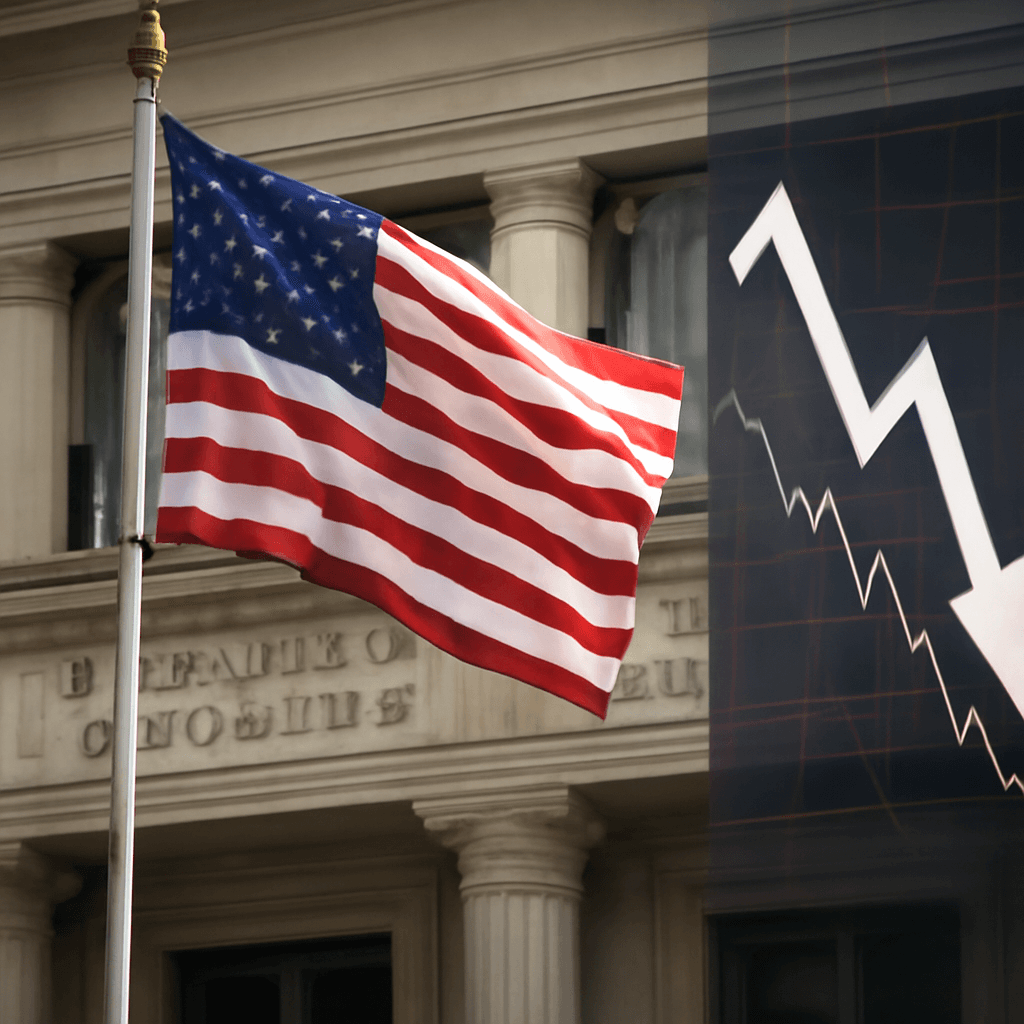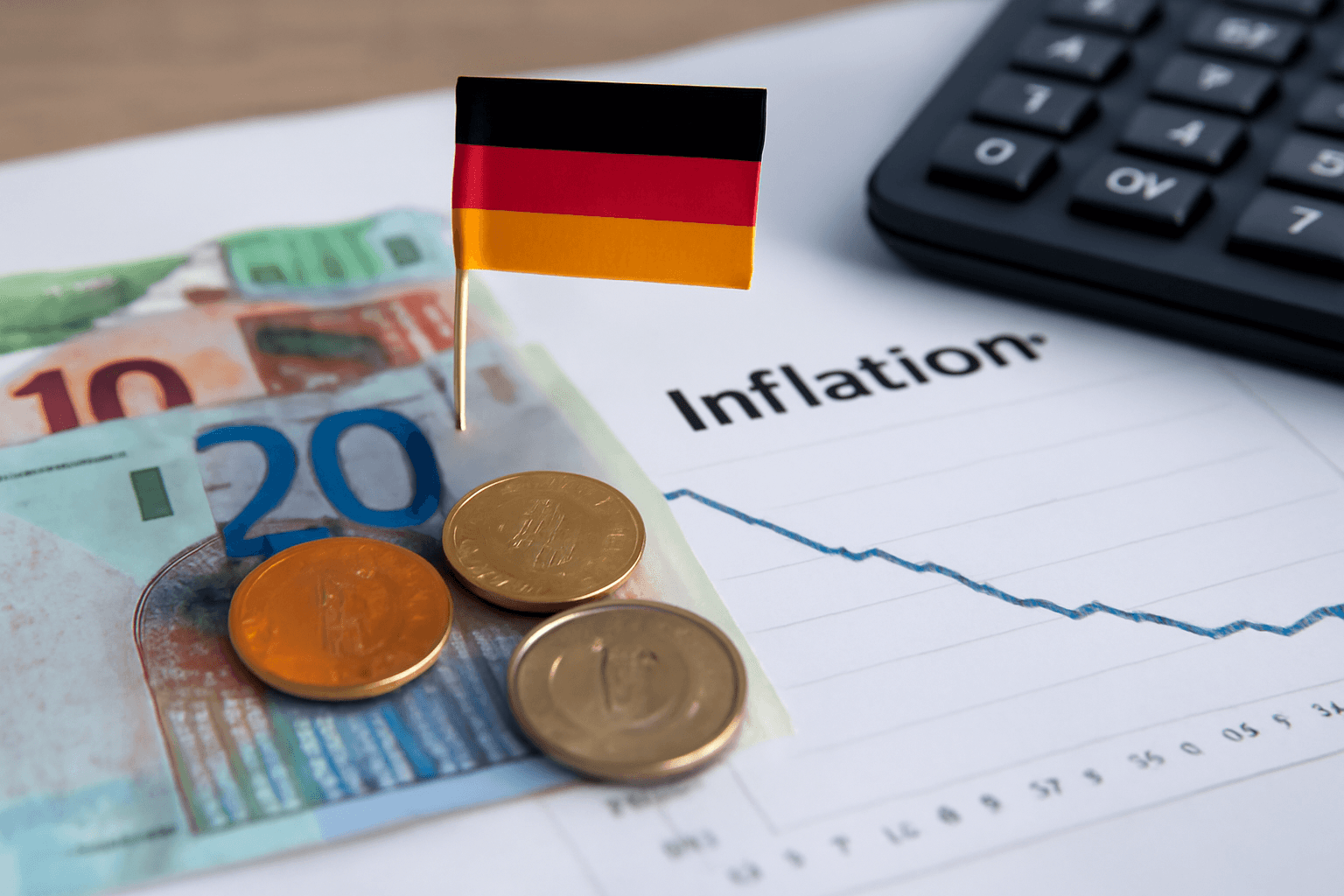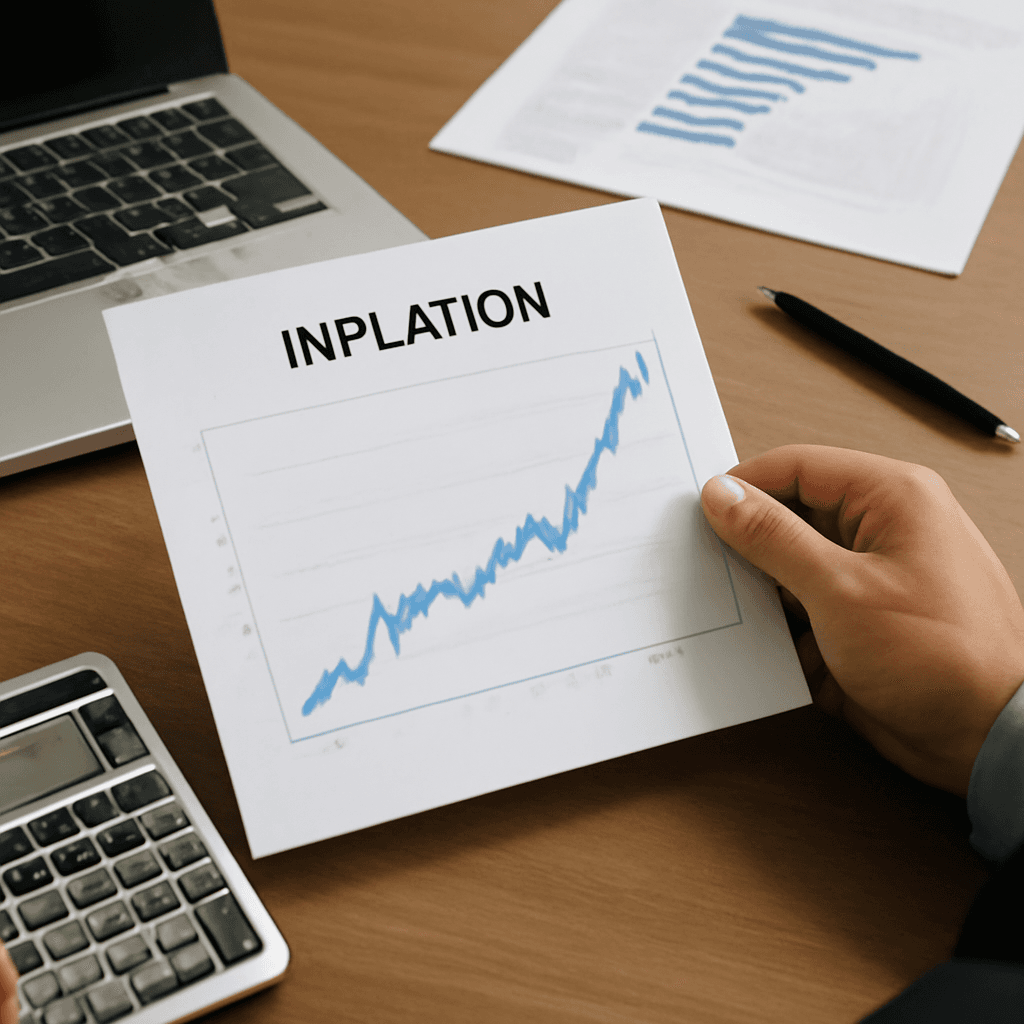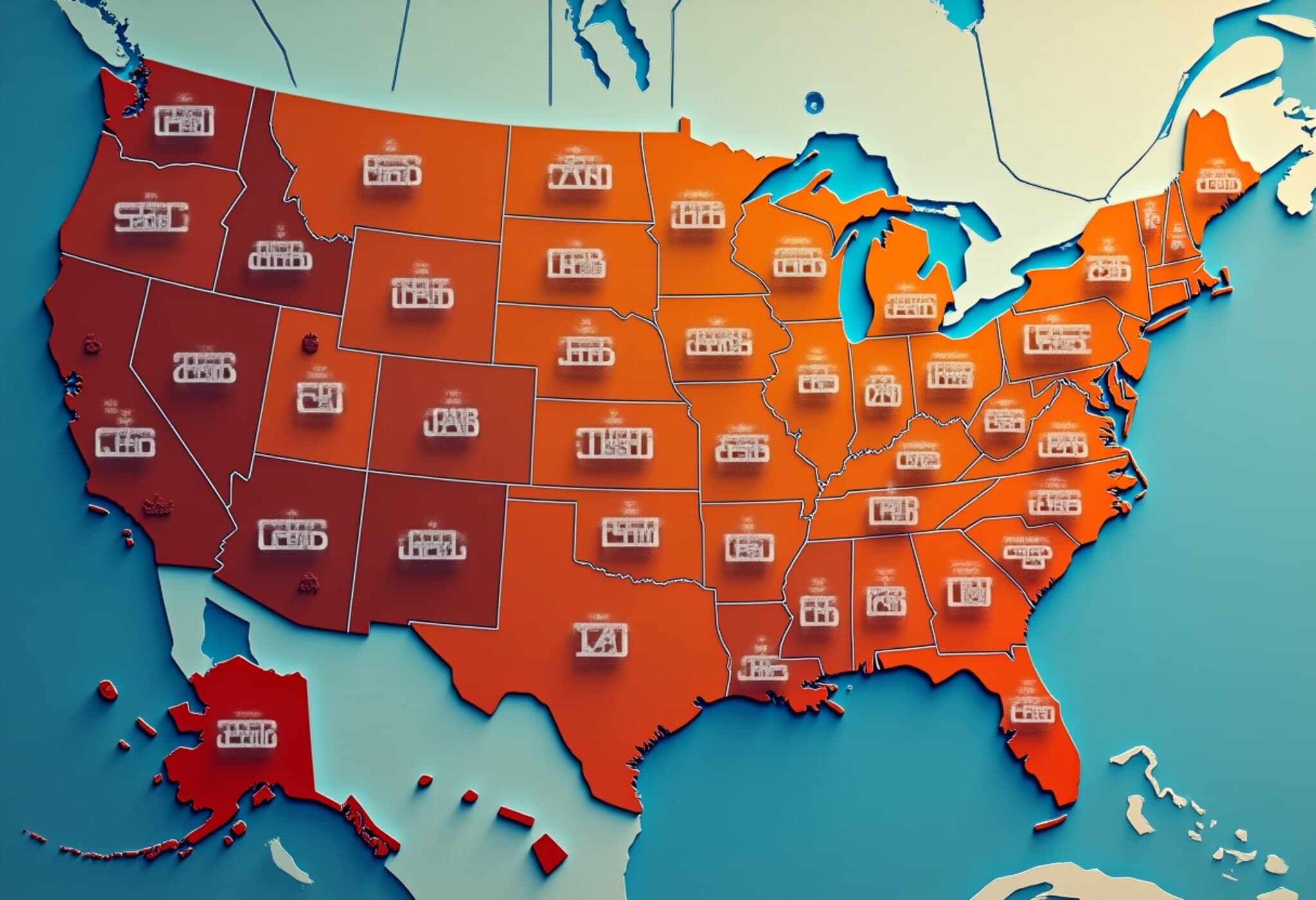June Consumer Price Index Report: A Closer Look at Tariffs’ Influence on Inflation
As the U.S. gears up for the release of June’s Consumer Price Index (CPI) report this Tuesday at 8:30 a.m. ET, economists, policymakers, and consumers alike are focused on more than just the headline inflation figures. The latest data is expected to shed light on how tariffs, particularly those introduced during the previous administration, are quietly weaving their way into everyday prices, subtly nudging inflation higher.
Headline and Core Inflation: What to Expect
Analysts anticipate a modest rise in both headline and core CPI by 0.3% month-over-month. On a yearly basis, the headline inflation rate is forecasted to come in at 2.7% with core inflation – which excludes food and energy and is closely watched by the Federal Reserve – expected around 3.0%. Despite a downward trend in energy costs, persistent price increases in other areas maintain inflation above the Fed’s preferred 2% target.
Unpacking Tariffs’ Role Amid Subtle Price Movements
Chris Hodge, head U.S. economist at Natixis CIB Americas, underscores that June’s data marks the first period where tariffs are expected to have a pronounced, tangible effect on consumer prices. "June is when these tariffs really begin to bite noticeably," Hodge explains.
His focus falls on sectors historically sensitive to tariff-driven cost changes, notably automobiles and apparel. Surprisingly, last month’s report showed subdued price shifts in these categories, with vehicle prices even declining despite tariff increases. This anomaly suggests either a delayed pass-through of tariffs or countervailing market forces currently keeping prices in check.
Core Goods: The Underreported Inflation Indicator
The best barometer for tariff impact lies in the core goods category – covering products like footwear, electronics, furniture, and housing goods. Goldman Sachs analysts expect tariff-related cost pressures to incrementally add roughly 0.08 percentage points to core inflation in June. Additional upward price movement may emerge from sectors such as furniture, personal care, communication services, and recreation, all of which are sensitive to import costs.
Shelter and Services: The Persistent Inflation Drivers
Beyond goods, shelter costs remain a stubborn force in maintaining elevated inflation levels, challenging any swift easing in price pressures. Goldman Sachs notes that while core goods prices might see sharper increases, service inflation could remain relatively constrained in the near term.
Federal Reserve’s Dilemma and Policy Outlook
The White House, eager to support economic growth, watches these inflation readings carefully amid calls from former administration officials for lower interest rates. However, Federal Reserve policymakers prioritize maintaining inflation expectations firmly anchored. Any unexpected rise in inflation, especially tariff-induced spikes, could stiffen the Fed’s resolve against cutting rates prematurely.
As Hodge summarizes, "The Fed needs to observe the peak of tariff-driven inflation before considering rate reductions. Right now, dissecting inflation data into its components is essential for understanding the true trajectory of price pressures." This nuanced reading of CPI figures is becoming increasingly critical as the economy navigates complex trade tensions and global supply chain disruptions.
Key Takeaways: What to Watch in Tuesday’s CPI Release
- Auto and Apparel prices: Will June’s data finally show tariff pass-through?
- Core Goods Inflation: Expected to rise, spotlighting tariff effects.
- Shelter costs: Remain an inflation anchor amid mixed signals in other sectors.
- Fed policy implications: Persistent inflation may delay interest rate cuts despite political pressure.
Editor’s Note
This June’s CPI report is more than just a routine inflation update; it's a compass pointing to how trade policies subtly ripple through the economy, affecting everyday Americans. As tariffs thread their way into consumer costs, the findings carry significant implications for Federal Reserve decisions, household budgets, and the broader economic outlook. Readers should pay close attention to the granular details within the data, which might reveal much about where inflation is truly headed in the months ahead.



















